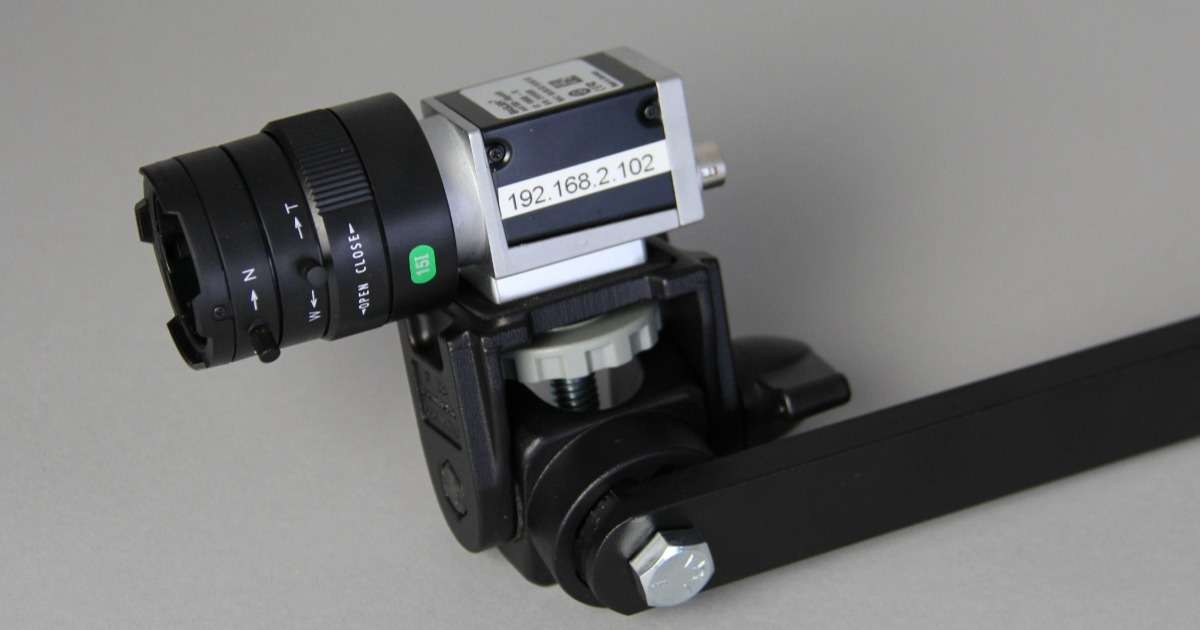
5 reasons that prove why a high-quality camera is essential for video tracking
In animal behavioral research, especially when we're looking at rodents and zebrafish, getting your behavioral analysis right is crucial. Top-notch camera technology therein is a must have.
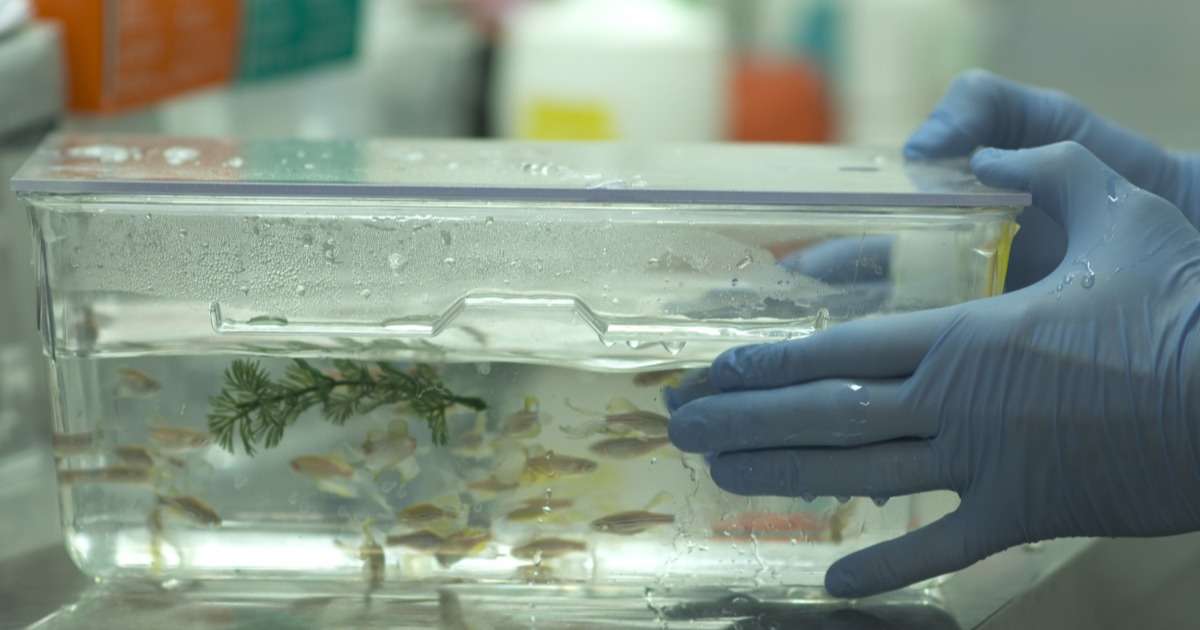
Zebrafish Research made easy: a dive into the Gerlai Lab
Recently, we published a customer story on the Gerlai Zebrafish Lab in Toronto. In this blog we would like to tell you about the things we learned that could not fit into the video.

The effect of environmental levels of lead on zebrafish development
Lead exposure has a negative influence on the developing brain and body. Zebrafish research allows us to understand the effects of lead poisoning on the different stages of life.
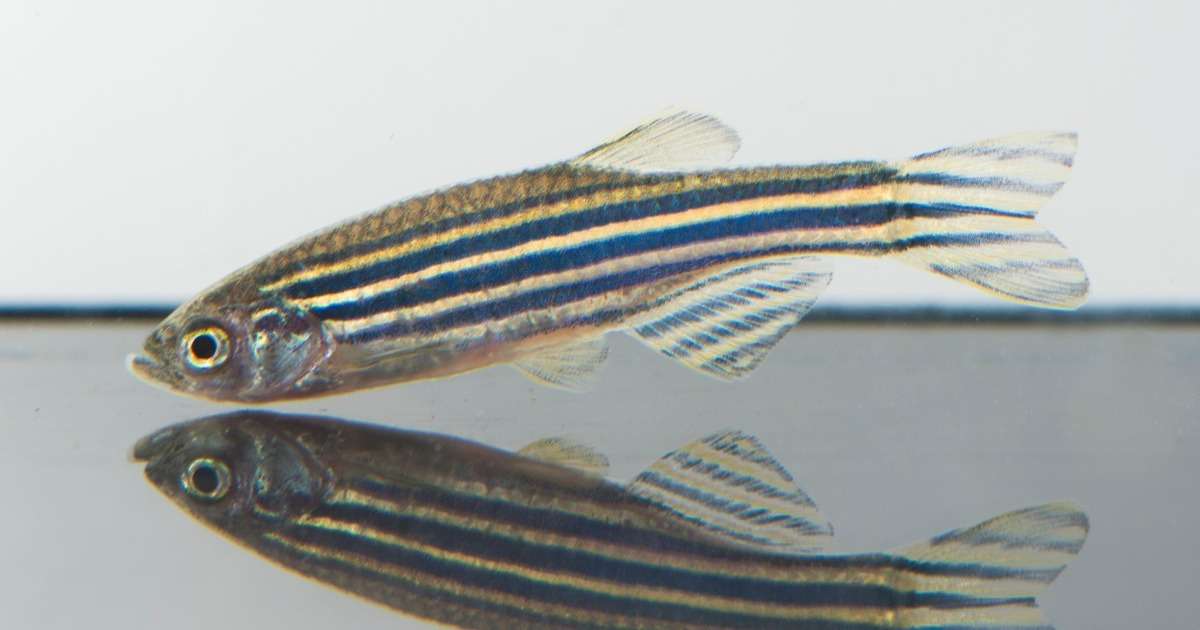
Diving deeper: Obesity and Anxiety, a scientific perspective
It seems that there is a relationship between poor mental health and obesity. But the exact reasoning is far from clear. Animal experiments can shed light on the situation
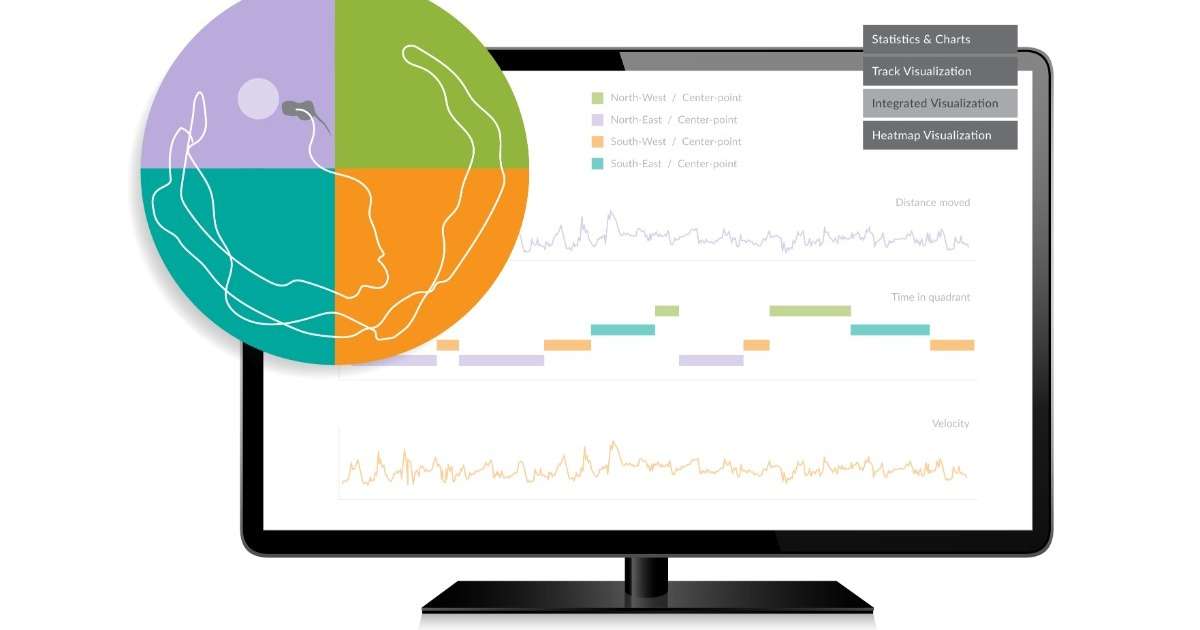
Everything you need to know about EthoVision XT
Over the last 25 years EthoVision XT has evolved from a video tracking software into an advanced, but user friendly, software platform. In this blogpost we tell you everything you need to know about EthoVision XT!
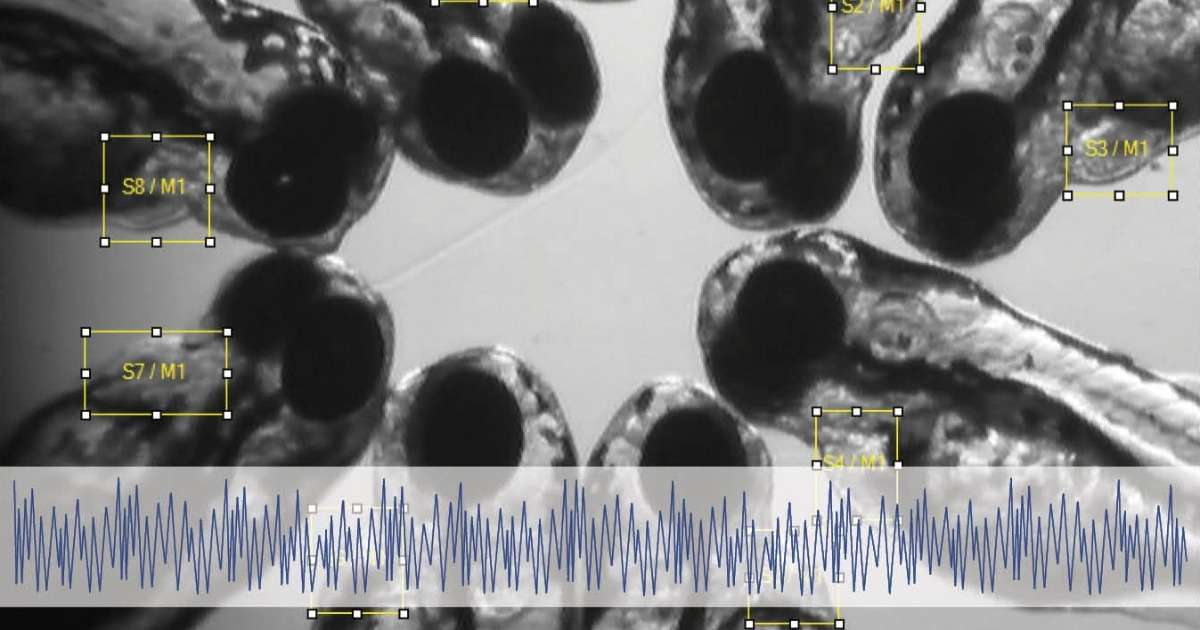
Breathe easy, a novel approach to monitoring respiratory activity in zebrafish
Researchers from the University of Heidelberg used DanioScope in a novel way to objectively measure breathing in zebrafish embryos and larvae.
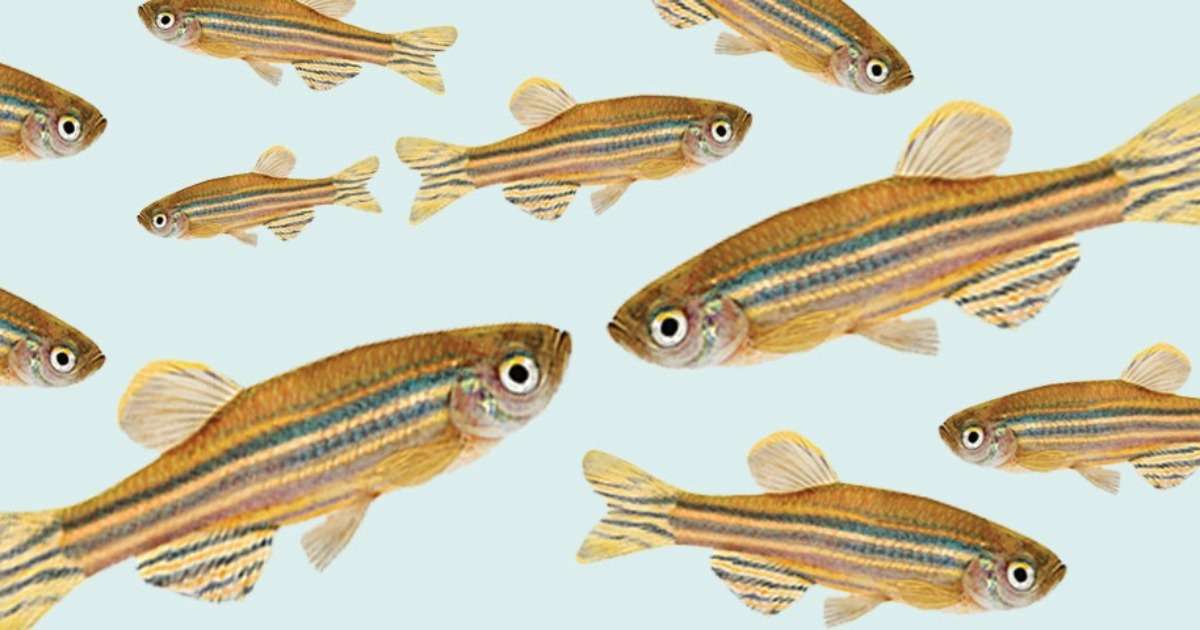
Are fish empathic?
Ever wondered if fish can be empathetic towards each other? Find out in this blog how oxytocin plays a role in fish behavior!
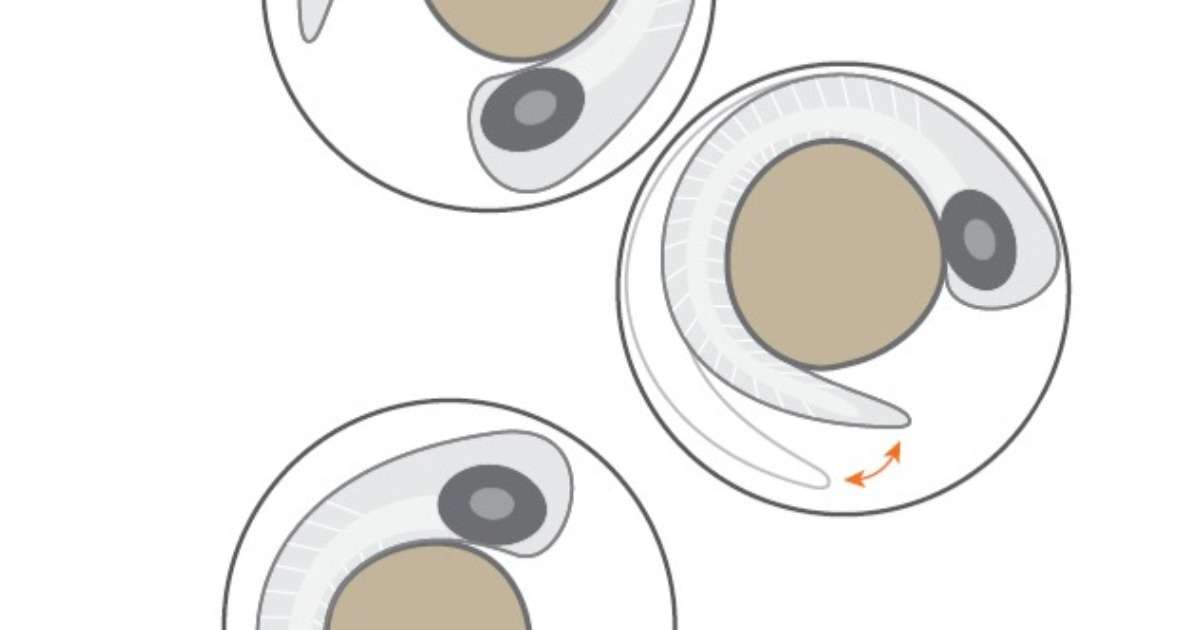
Using zebrafish as an early warning system of neurotoxic substances
How can we use a zebrafish (Danio rerio) embryo model to detect possible neurotoxic chemical mixtures that are difficult to detect with normal chemical analyses?
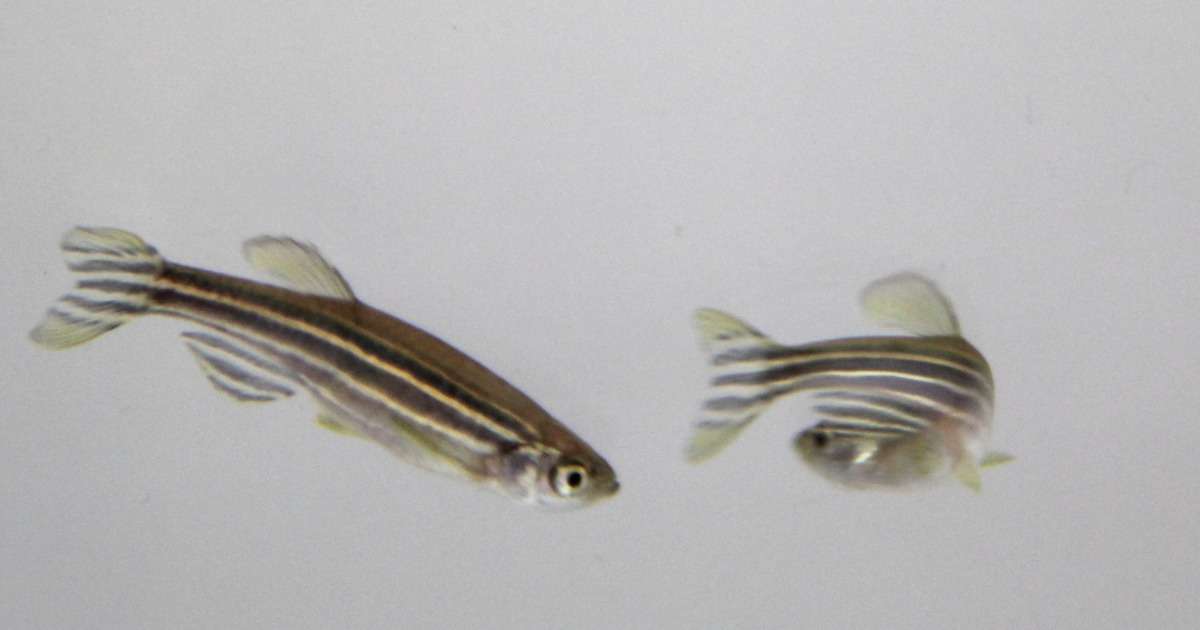
Zebrafish behaviors shows true effect of chemicals on aquatic animals
Modern industrial processes, agricultural practices and domestic waste result in all sorts of chemicals getting into our waters. CPC is widely used. How does it affect the fish?
